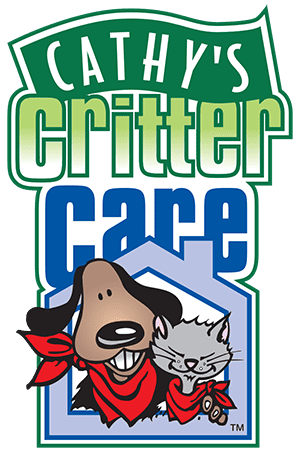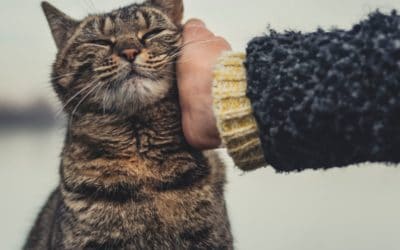I have often looked at my puppy and wondered what was going on inside her head, what she was thinking. Lots of people would agree that it would be amazing if we could talk to our dogs, and they talk back. Although it might not seem like it, dogs do communicate with us. It isn’t a conversation sadly, but dogs use their body language to talk to their humans. Understanding the body language of your dog can bring many benefits to your life, as well as avoid any negative conflicts or feelings for your pup.
It is important that every pet parent knows how to read their pup’s body language. Understanding dog body language has several benefits, like helping to keep everyone around you safe, it can reduce stress for your dog, it helps improve communication with your dog, and it can grow your relationship with your furry friend.
Here are some common body language signs and what they mean:
- Tail: People often think that if a dog is wagging their tail, it just means that they are happy. But that is not always the case. Tail postures and wags mean different things. A wagging tail means that your pup is feeling emotions. The faster the wag, the more feelings your dog is feeling. The longer and slower side-to-side wag mean that your dog is more relaxed. A faster twitch-like wag can mean that your dog is feeling too many emotions and can be in a negative way. The direction of the wag can mean something different too. A recent study showed that if the tail is wagging more towards the right, the dog is feeling happy or positive about something. If the tail is wagging more towards the left, it can mean that the dog is feeling something negative. The position of your dog’s tail can also tell you how they are feeling. A higher tail can mean more assertive, tucked or pointed down tails can mean fear or stress, and relaxed dogs will hold their tail in a neutral position.
- Facial expressions: When your pup yawns, it might lead you to believe that they are just sleepy. But yawning can also mean that they are stressed or uncomfortable. Lip-licking may be common after a nice dinner, but it can also mean that your dog is feeling anxious. If your pup is happy and wants to play with you, they may pull their lips back and show teeth in a smile like facial expression. There is also a difference in ear position, if a dog’s ears are up or raised, they are typically relaxed or listening. If their ears are pulled back, that can be a sign of nerves or submission.
- Eyes: Your dog’s eyes can also tell you a lot about how they are feeling. A dog’s eyes can be soft or hard. Soft eyes can indicate that your dog is happy and calm. Hard eyes can indicate that your dog is in a negative state of mind. Eye contact can also tell you a lot as well. A hard stare can be a sign of aggression while avoiding eye contact can mean they are feeling stressed. Finally, if you are able to see the whites of a dog’s eyes, that is a sign that they are feeling anxious or stressed, and are uncomfortable.
- Posture: The way a dog distributes weight can signal lots of different feelings. A dog who is cowering and hunched to the ground means that they are scared or stressed, this dog could be trying to get away from something or someone, and they want to appear smaller. A dog that has its weight shifted forward can mean that the dog is trying to get closer to something, and they are most likely curious. But this could also be a sign of offensive thoughts. If your dog does this, take into consideration the other body language they are showing to know if this is considered aggressive or not. A cute way dogs show that they want to play with you or another dog is when they “play bow”. This is when their chest is on the ground, and their behind is in the air. A less commonly known signal is the paw raise. In pointing breeds, this can mean that the dog senses prey nearby. But a dog that is not a pointing breed uses this signal when they are unsure of a situation or might feel a tad insecure.
Contact us today for your dog walking & pet sitting needs.




